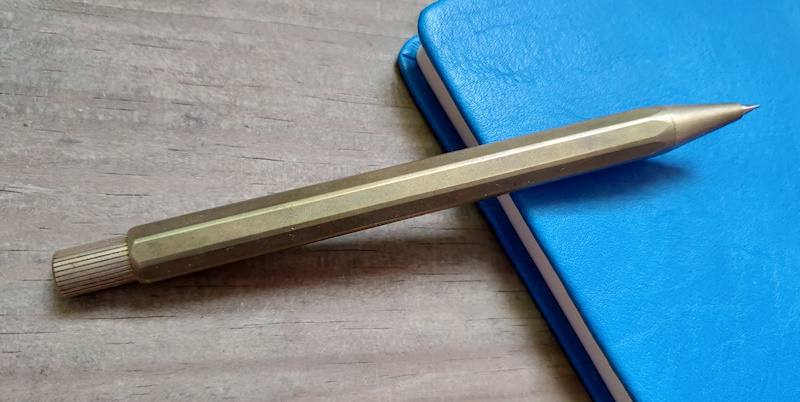7 Things That Happen When You Are in Liquid Flow Sensors
445
0
·
2020/12/15
·
3 mins read
☕
WriterShelf™ is a unique multiple pen name blogging and forum platform. Protect relationships and your privacy. Take your writing in new directions. ** Join WriterShelf**
WriterShelf™ is an open writing platform. The views, information and opinions in this article are those of the author.
Article info
Categories:
⟩
⟩
Tags:
Date:
Published: 2020/12/15 - Updated: 2021/01/18
Total: 593 words
Like
or Dislike
More from this author
More to explore










Have you heard of a flow sensor before? Well, if not yet, a flow sensor is just a flow meter device. You can use it to measure the amount of gas, vapour, or liquid that passes through it. If you are looking for a unit time measuring device that will give you an accurate result, ensure to use a flow sensor. It will help you to monitor the flow rate over a given period. A flow sensor can even totalize a flow meter, which measures the medium that passes through it in a continuous manner.
A flow sensor has a primary medium link device, a transducer, and then a transmitter. The transducer has the role of sensing fluid that goes through the primary device. On the other hand, the transmitter will form an output signal based on the raw transducer signal. Those signals help to monitor the flow rate.
Do you intend to buy a flow sensor? They are of different types. You can go for a magnetic inductive sensor, variable area flow sensors, or even paddlewheel flow sensors. But ensure to consider the fluid you are going to monitor, its profile, and the cost of installation. Also, check it will be easy to get certain flow sensor spare parts.
7 things that happen as you use flow sensors
A flow sensor will give you accurate results
Want to monitor flow rate with accuracy? A flow sensor will offer you the most accurate results. As the monitored fluid passes through the primary device, the transducer will sense it with ease. From there, a signal will be sent to the transmitter, which creates a readable signal.
So, the flow sensor will tell when there is minimal flow or overflow. That way, it can signal adjustments to the flow system and help to avoid damages.
The paddlewheel flow sensor can clog
This is a flow sensor that has mobile parts. The particles that are carried by the fluid being monitored can cause clogging. Once it occurs, it can affect the proper function of your flow sensor.
A flow sensor may give a wrong indication
A flow meter has interconnected parts working together to provide flow rate results. In case one part of the flow sensor is affected, it may result in wrong information about the flow rate.
Axial wear happens with flow sensors
You will have to do maintenance or even replace some parts of your flow sensor after wear. That way, you can be guaranteed accurate results.
A flow sensor measures only moving gas or liquid
If you buy a flow sensor, remember, it can only measure moving gas or liquid. If what you plan to monitor will be static, then it wants to function. Always ensure the monitored substance is in motion.
Magnetic flow sensor induces a voltage
If you are using a magnetic sensor, it will function on the principle that as the conductor moves through a magnetic field, it will induce a voltage. A flow tube creates a magnetic field within the pile. Then, the electronic converter will measure the induced voltage.
Water flow sensor speed change with different flow rates
The speed of water flow sensors will depend on the flow rate. If the flow rate is low, the sensor speed also goes slow and vice versa.
Conclusion
Get a liquid flow sensor, and you will monitor the flow rate of your liquid with accuracy. Ensure to get the one that can suit the liquid you intend to measure. Before buying, look at the cost, and nature of your fluid.